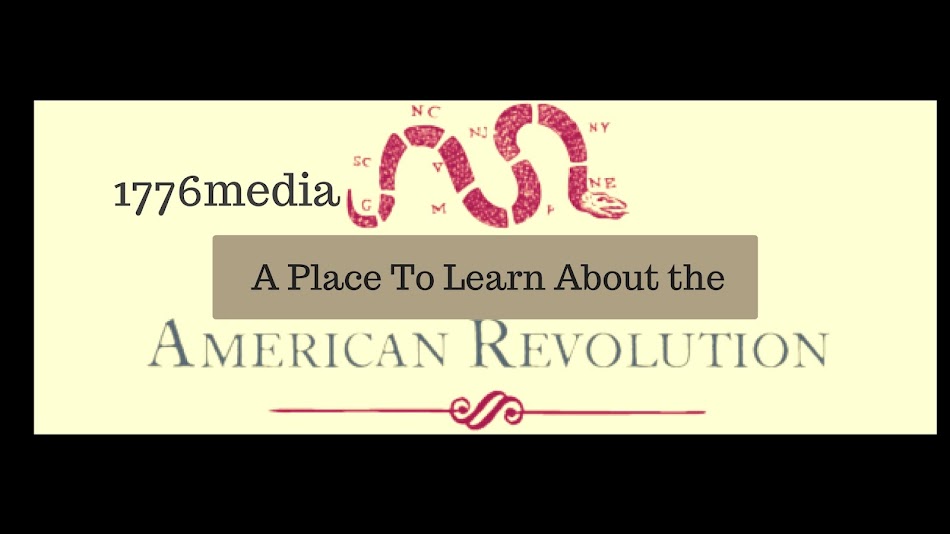The section I highlight here looks at the causes, fighting, and consequences of the American Revolution. There is information about the emerging patterns of resistance in the colonies, including petitions, pamphlets, intimidation, boycotts, and intercolonial meetings.
The American Revolution was the first modern revolution.
People fought for their independence in the name of certain universal principles such as rule of law, constitutional rights, and popular sovereignty. The website examines the causes, fighting, and consequences of the American Revolution. Learn why many colonists hesitated before declaring independence and how
the Declaration of Independence summarized colonial grievances and
provided a vision of a future.
Here's the link:


